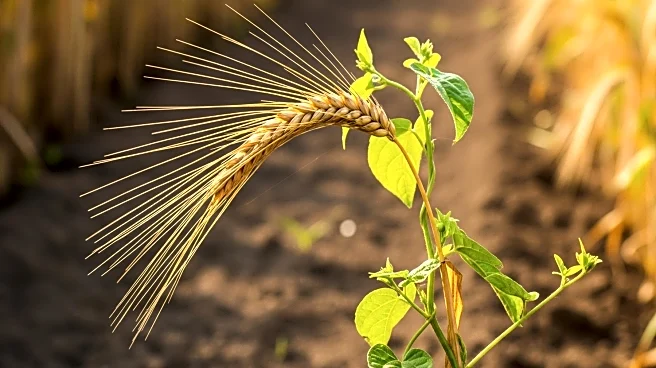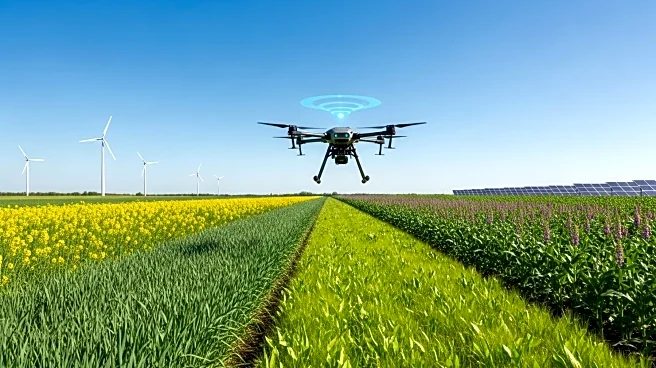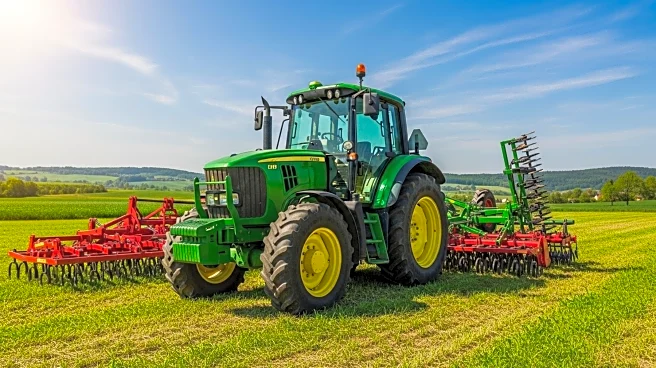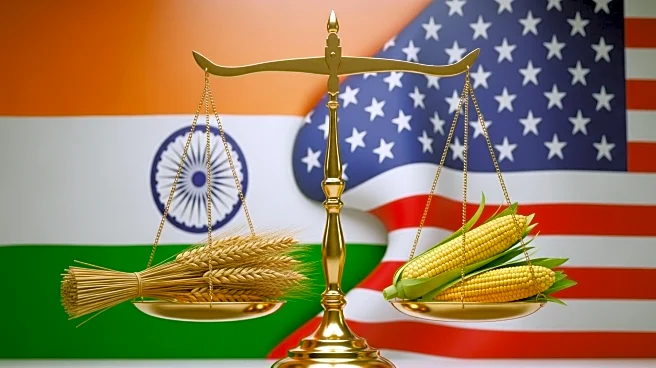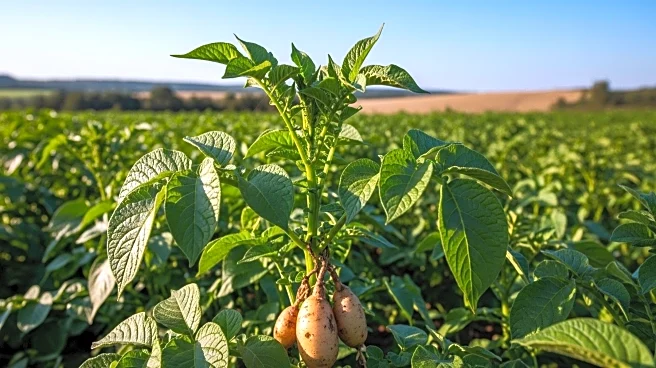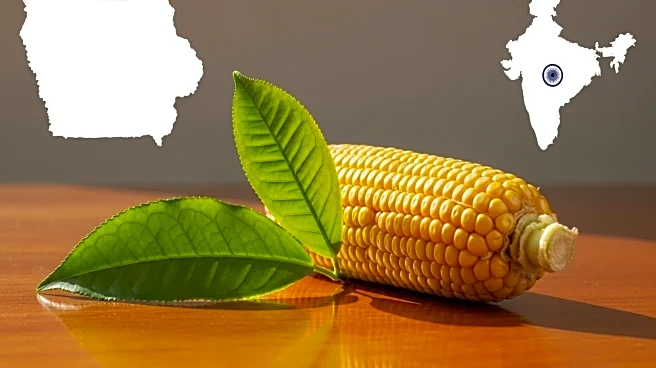What is the story about?
What's Happening?
The agriculture industry in India is facing significant challenges, with young people increasingly viewing farming as labor-intensive and offering few benefits. Rising costs for seeds, machinery, and other inputs are exacerbated by varying Goods and Services Tax (GST) rates, which can be as high as 18% for modern farm machinery. This financial burden discourages young farmers from investing in necessary technologies like drip-irrigation systems. Additionally, smallholders often cannot claim input-tax credits, further increasing their costs. As a result, many young people are migrating to cities in search of better opportunities, leaving the agricultural sector at risk of stagnation. Proposed GST reforms aim to lower rates on essential farm machinery and advanced irrigation tools, potentially making farming more attractive to the younger generation.
Why It's Important?
The proposed GST reforms are crucial for revitalizing the agricultural sector and retaining youth in farming. Lowering GST rates on modern farm tools and eco-friendly inputs could reduce entry barriers, making farming a more viable career option. This is essential for ensuring food security and economic stability, as the disengagement of youth from agriculture could lead to a shortage of skilled farmers. By making farming more affordable and technologically advanced, India can transform agriculture into a profession that offers innovation, dignity, and prosperity. This shift is necessary to address changing dietary habits and climate pressures, and to prevent the rural economy from stagnating.
What's Next?
If implemented, the GST reforms could lead to a reduction in upfront costs for farmers, improving cash flow and making farming a more attractive business prospect. Complementary measures such as reliable power supply, cold storage systems, fair market access, and affordable loans are also needed to support these reforms. State governments will need to manage the revenue impact of reduced GST collections, potentially through a phased approach targeting high-impact areas like farm machinery and digital services. These steps could help retain youth in agriculture and ensure the sector's long-term viability.
Beyond the Headlines
The proposed GST reforms highlight the need for a broader transformation in how agriculture is perceived and practiced in India. By integrating technology and innovation into farming, the sector can become a modern, ambitious vocation that attracts young talent. This shift could lead to increased productivity and sustainability, addressing both economic and environmental challenges. The reforms also underscore the importance of coordinated efforts between state and central governments to balance revenue impacts and support rural development.
AI Generated Content
Do you find this article useful?
